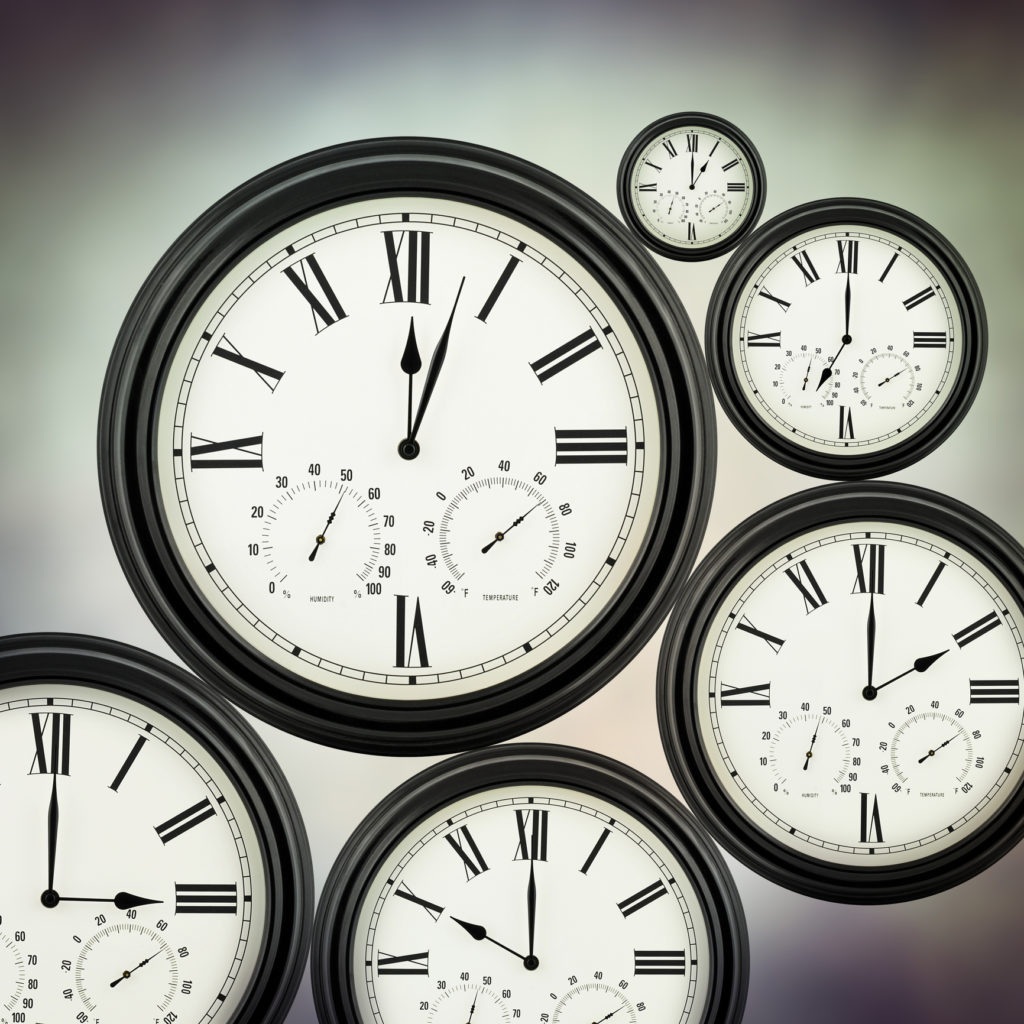
Did you know that setting your clocks back can affect your health?
As we are entering the first weeks of the clock falling back, you may start feeling a little different.
Don’t be alarmed; it’s completely normal and you won’t feel that way forever.
You’re just dealing with the shift that comes after daylight saving time (DCST) ends –an experience that can significantly impact the way you think, move, live, and act.
Leaving DST has shown to affect our mental and physical health --having the worst impact within the first three weeks of turning the clock back.
Studies have shown people dealing with a decrease in regular sleep patterns and more rates of cardiac issues, cortisol production, stroke, and vehicular accidents as the body adjusts to this time change.
Unusual Sleep Patterns Occur When You Set Your Clocks Back
You can expect to break out of your normal sleep routine and experience less sleep for the first five to seven days after DST.
If you are typically sleep-deprived, you may experience the most noticeable changes in your sleep patterns.
Some of the side effects include lower cognitive performance, anxiety during social interactions, memory struggles, and learning deficiencies.
Decrease in Heart Attack or Stroke
According to the American Heart Association, heart disease and stroke are leading causes of death for African Americans.
Unfortunately, a 2014 study showed that losing one hour of sleep can increase the risk of heart attack by 25%. The good news is that the risk of heart attack goes down by 21% when the clock falls back an hour.
Similar results have been revealed when assessing the risk of stroke and disruption in sleep patterns.
A 2016 American Academy of Neurology preliminary study showed that gaining or losing an hour of sleep could disrupt a person’s internal body clock and increase the risk of stroke.
Other Health Impacts to Be Aware Of When Setting Clocks Back
Various studies have shown the impact that setting the clock back or forward can have on car crashes.
When you account for volume and driving activity, studies show no significant effect on DST ending.
Be on the lookout for changes in your mood, too. If you're living with depression, it's extremely important to develop self-care habits that can counteract the winter blues.
Although many try to escape the depressing side effects of time and seasonal changes with proper exercise, food, and rest, it's hard to avoid the symptoms when you are living with a clinical disorder known as Seasonal Affective Disorder (SAD).
What is Seasonal Affective Disorder?
You may have felt the effects of SAD but have no idea what your body was responding to.
SAD, a Major Depressive Disorder (MDD) that occurs seasonally, includes common depression-like symptoms such as anxiety, despair, isolation from social activities, lack of interest in regular activities, and limited focus.
Here are some tips to get your health back on track after daylight savings time ends:
- Monitor your physical health. Many illnesses can be disguised as SAD but be a symptom of a more chronic health condition.
- Expose yourself to more sun. If you can’t get natural sun, think about using artificial sunlight to reset your body clock.
- Don’t spend all your time indoors. This could limit your vitamin D intake. Find ways to go outside – whether it be taking a quick walk around the block or decorating for the holidays, you need to go beyond the comfort of your home.
- Use the power of aromatherapy to give your mood a boost. Try some essential oils like lavender, lemon, and peppermint to experience a spike in your mood.
- Maintain a good diet. The foods we eat can have an impact on our mood. So, stay away from overly processed foods and grab some healthy snacks to reduce the temptations.
- Adhere to a sleep schedule. Get your body used to waking up and going to sleep at a certain time and avoid the urge to take too many naps during the day.
Be proactive. The clock has been set back. Now it’s time to jump into a routine that will ensure optimal health during this time.









